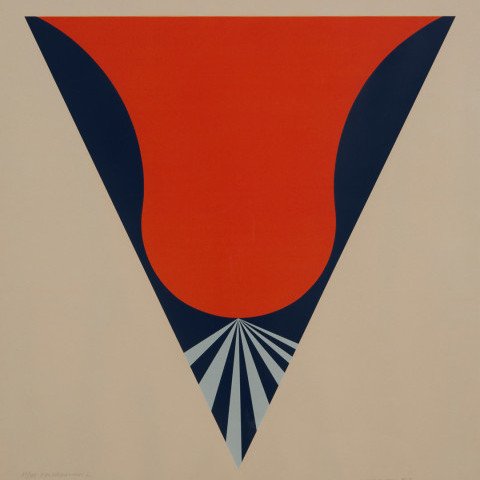Takesada Matsutani is a Japanese avant-garde artist based in Paris and Nishinomiya. Active as a painter since the 1950s, Matsutani's practice has also included object-based sculpture, printmaking and installation. Matsutani was a member of the Gutai Art Association from 1963 until its dissolution in 1972. Gutai leader Jirō Yoshihara prioritized artistic innovation and originality, a lesson that has remained with the artist throughout his career.
Since 1961, Matsutani has used wood glue, what was then a newly available material in post-war Japan, to create organic forms on the surface of the canvas. Fascinated by the variety of evocative shapes that revealed themselves through his manipulation of the glue mixed with paint, the artist regularly returned to these biomorphic forms across a variety of mediums and styles, even adapting them to the context of hard-edge painting in the 1970s.
After receiving a scholarship to study for six months in Paris in 1966, Matsutani chose to settle there permanently. Throughout the late 1960s and 1970s, he worked primarily as a printmaker. Since the late 1970s, in parallel to his painting practice, Matsutani has been using graphite and paper as the base for large-scale installations, entitled Streams. These works, finalized by a performance of the artist in situ, explore time, energy and transformation in muted tones of black and white.
Matsutani's works are represented in a large number of art museums and collections around the world. In 2002 the artist, who has lived a large part of his childhood in Nishinomiya, received the Nishinomiya City Cultural Award.

